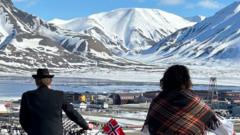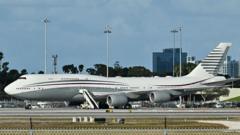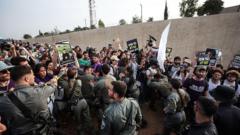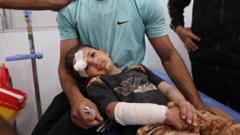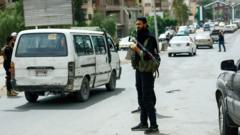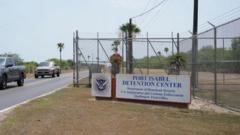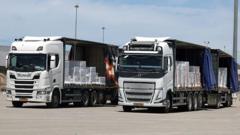Following a powerful earthquake, Myanmar's military has been accused of blocking crucial aid to affected communities, raising alarm over the use of humanitarian assistance as a political tool. Despite a plea for help from the junta's leader, organizations report significant obstacles in delivering aid, illustrating a pattern of manipulation amidst ongoing conflict.
Humanitarian Crisis in Myanmar: Aid Manipulation Amid Earthquake Aftermath
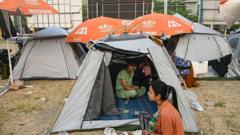
Humanitarian Crisis in Myanmar: Aid Manipulation Amid Earthquake Aftermath
In the wake of a devastating earthquake, Myanmar's military junta faces criticism for obstructing aid access, raising concerns about the intentional weaponization of humanitarian assistance.
In Myanmar, a recent 7.7 magnitude earthquake has left more than 2,886 people dead, triggering a humanitarian crisis marked by allegations of governmental obstruction of aid. The initial 72-hour "golden window" for effective rescue operations saw relief workers hindered by military checkpoints and curfews imposed by the ruling military junta. This raised urgent concerns among aid and human rights groups regarding the Myanmar military's deeper motives and actions, which seem to weaponize humanitarian aid.
Junta leader Min Aung Hlaing publicly called for international assistance but quickly contradicted those words by blocking access to conflict-affected areas. "I don't believe that's totally legitimate," remarked John Quinley of Fortify Rights, who noted that local resistance groups were hindered not just in their efforts to help, but also subjected to scrutiny and repression. This manipulation of aid appears to be a tactic the military has employed consistently since seizing power in February 2021, as they engage in a civil war against resistance forces.
Evidence of the junta's control over aid distribution suggests a deliberate strategy to deprive opponents of necessary support, thereby weakening local resilience. Speaking on this issue, James Rodehaver from the UN's High Commissioner for Human Rights office pointed out that the junta seems to punish communities that do not support their regime by withholding aid.
Currently, areas under the military's nominal control are experiencing acute shortages of food and supplies, while military checkpoints complicate and delay aid delivery. Furthermore, local volunteers, often risking their safety, undertake rescue missions with inadequate resources, as military authorities impose lengthy bureaucratic processes. These tactics are reportedly in line with previous disasters where the junta restricted aid to opposition-held regions.
Humanitarian organizations are pressured into seeking creative solutions to navigate these oppressive restrictions, including operating underground and conducting discreet financial transactions. However, these methods are fraught with delays that can cost lives.
Additionally, despite a temporary ceasefire announced by Min Aung Hlaing in response to international pressure post-earthquake, the junta has simultaneously executed military airstrikes, prompting skepticism about its commitment to prioritize humanitarian access. Quinley remarked, “I am not hopeful when it comes to taking what Min Aung Hlaing says with any hint of truth,” emphasizing the need to monitor whether aid actually reaches those in dire need or is manipulated for tactical advantages.
As aid organizations express cautious optimism regarding possible cooperation from the junta, the reality on the ground remains fraught with uncertainty as they vow to focus on delivering assistance to the hardest-hit regions, free from military intervention. However, observers note that the true test of the junta's intentions will be in ensuring unhindered access to aid amidst ongoing conflict. The situation in Myanmar serves as a grim reminder of how humanitarian efforts can be entangled in political maneuvering during crises.

